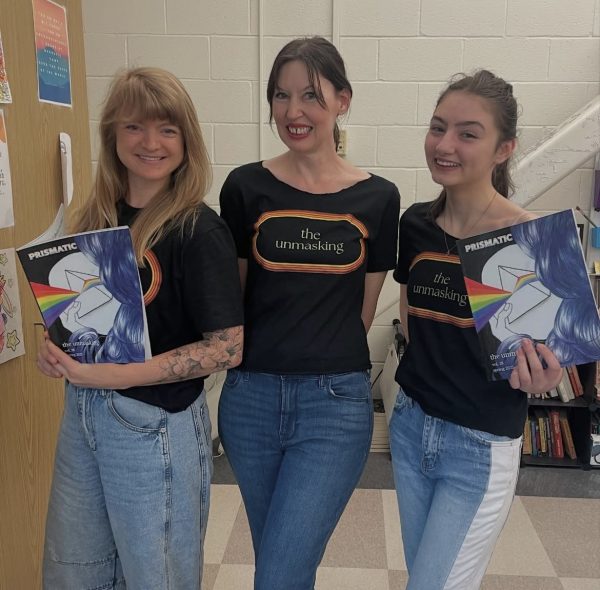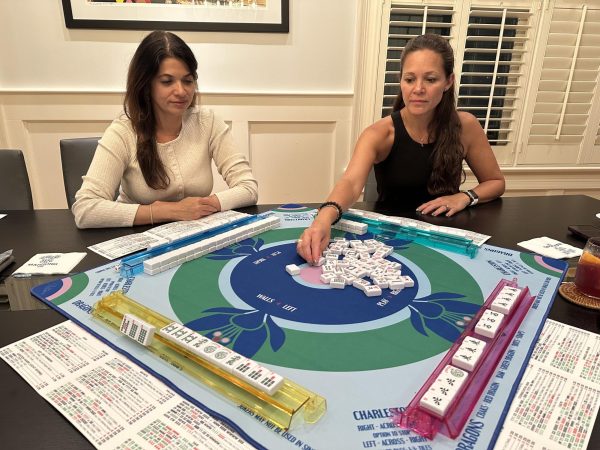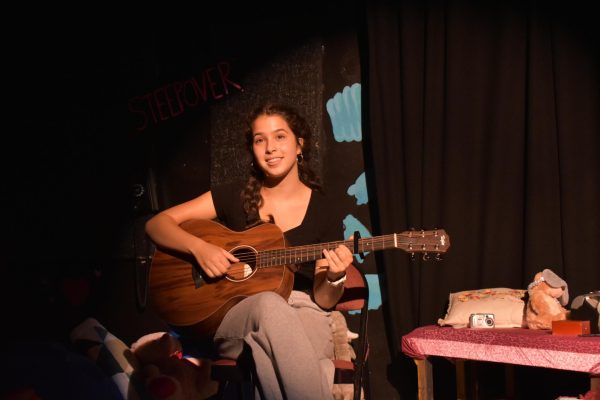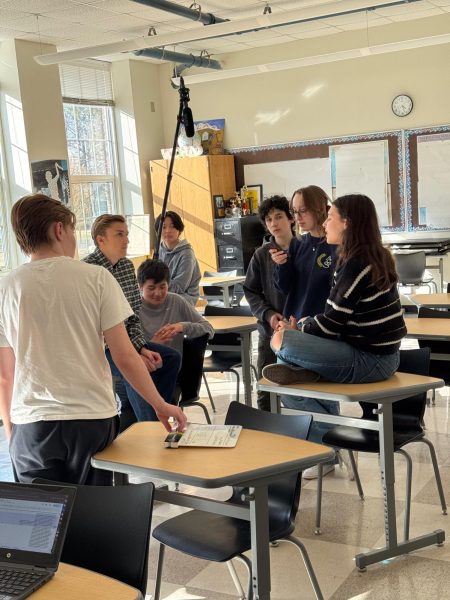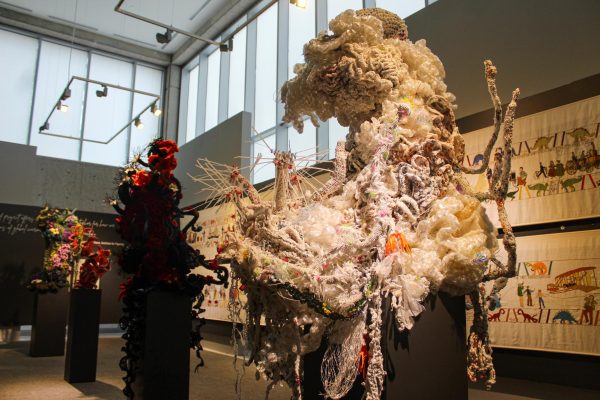Exhibit shows American landscape, celebrates culture
The High Museum of Art’s latest exhibit, Cross Country: The Power of Place in American Art, 1915–1950, which is on display until May 7, focuses on American artwork and its development through the 20th century.
The exhibit, which pays homage to the country’s regional subcultures, is divided into sections: The South,The Mid-Atlantic, The Northeast, The Midwest and The West. Another part of the exhibit, entitled “Going Places,” showcases the works of artists who traveled around the country.
The exhibit begins with The South region. During the time of segregation and the Great Depression, Southerners turned to art to illustrate their struggles. As one of the most eye-catching paintings with its vibrant colors and large size, Opening Day at Talladega College by Hale Woodruff emphasizes the journey from slavery to freedom. It commemorates the 1867 founding of Talladega College, depicting the image of former slaves selling their farm animals for tuition.
Moving into the next region, the Mid-Atlantic is an unordinary mix of industrialization from the north and agrarian ideals from the South. Artists, like John Kane, drew inspiration from the modern architecture surrounding them. Kane’s painting Turtle Creek Valley portrays the beauty of industrialization through his landscape painting of multiple homes, a large bridge, and a train that runs across the bottom of the image.
Others were influenced by the rural landscape, including artist John N. Robinson, who created a portrait of his grandparents. The image shows a middle class African-American home in the background. Robinson, who was greatly affected by segregation, painted the image to reveal the struggles of a poor, black family.
The Northeast region is split into two sections: Man and Nature and An Ideal Landscape. At the height of industrialization, many Northeastern artists decided to go in a different direction than what was going on around them and base their art on rural areas.
The second section, An Ideal Landscape, is a series of landscape paintings and photographs of rolling hills, thick forests and small towns. These paintings are supposed to convey the ideal living and beautiful sceneries.
To the right of the Northeast section, you walk into the area Going Places, which displays photography and paintings of the American artists who travelled around the country. Although this section of the exhibit was the smallest, it was one of the most diverse with artworks of anything from dark, city night landscapes to old, small town churches.
In The Midwest region I was expecting art that were exclusively about small towns, churches, and farmland. Although my expectations were met, I was surprised to find that there were a few photographs of man-made architecture as well because during that time period the majority of Midwesterners lived in industrial areas.
Lastly, the West region. This section was full of lively colors of reds and greens, and displayed many red clay, mountainous landscapes and beautiful plants. This section also displayed one of the largest paintings in the entire exhibit, Red Butte with Mountain Men by Maynard Dixon.
This large painting was of a beautifully colored orange-red mountain and the “mountain men” seen as shadows on horseback on the bottom of the painting. To the side of the West paintings, the exhibit has a section dedicated specifically to the photography of that region.
Cross Country is a unique exhibit filled with insightful histories and displays of paintings throughout the United States.

